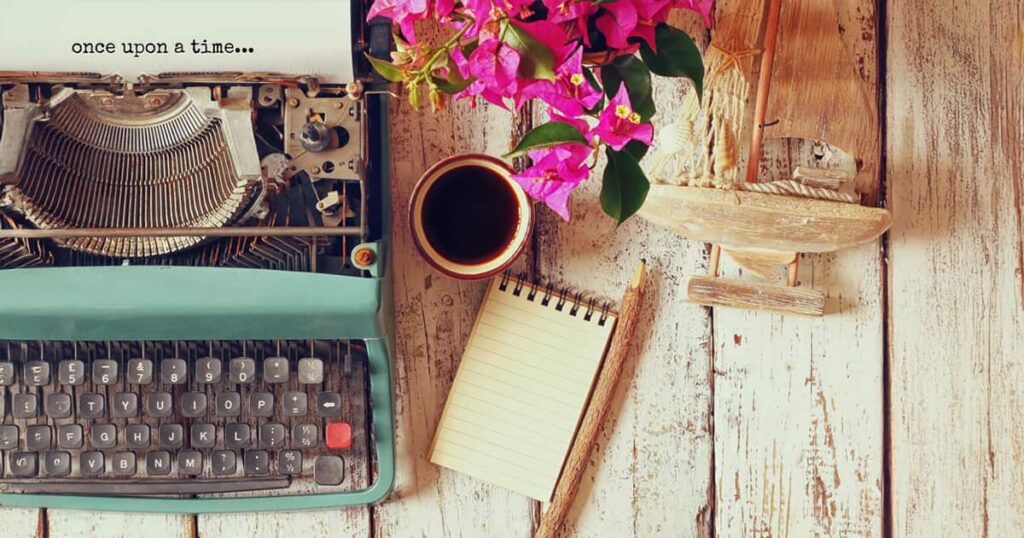Top 10 Inspirations and Resources for Fiction Writers
Writers famously talk about overcoming writer’s block, that traffic jam that stops the creative juices mid-flow and kills off any hope of getting your book off the ground. One big question you might face when you’re thinking about the overall theme of the book is: what should I even write about?

Fortunately for writers, however, there are plenty of opportunities for inspiration that can jump start the ideas for a book’s main theme, the characters that might appear and the events they go through.
Below are ten points to consider when you’re thinking over themes for your next book. Whether you choose to revisit old themes and revamp them, create tales around real life events, or modernise myths and legends, these points should help you decide on a best-selling theme.
1. Inspiration from real life events
Not all books are the sole creation of an author’s very vivid imagination. The seed for many novels start out in real life events, and evolve into epic tales that we love to read, either taking fictional characters and embedding them in real life events or basing the story on real people.
Louis de Bernieres‘ epic but very human World War II tale “Captain Corelli’s Mandolin” is a prime example of placing fictional characters into real life events. It’s an excellent read on how war can impact the lives of the little people, sprinkled with a fine dose of humour throughout.

Not many people know that the famous film “Psycho“, starring Christian Bale, actually started life as a book (of the same name) by Robert Bloch. Even fewer people know that elements of infamous killer Ed Gein found their way into the final chapters of Bloch’s book (although Gein wasn’t a direct inspiration as Bloch started writing the book around the time Gein’s murders were discovered).
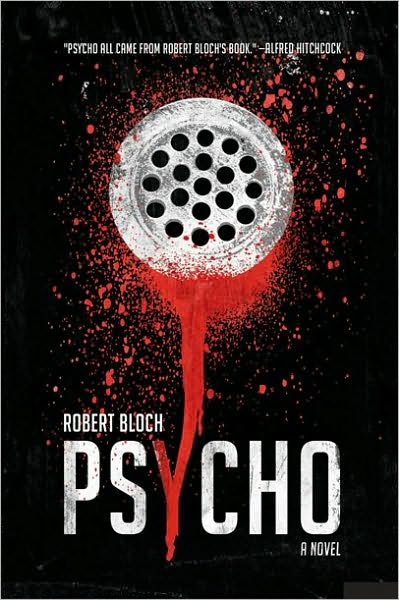
2. A different take on real life stories
Real life events always have multiple perspectives depending on who the observers are, and in fiction books, you can tell an untold narrative.
Think of Colm Toibin‘s pretty radical take on the Virgin Mary in his novella “The Testament of Mary“. We all know the story of Jesus either through his quotes or through other people’s observations of him, and we all know about the Virgin Mary. But in Toibin’s book, Mary is given her own narrative, telling a more provacative, less docile version of biblical events.
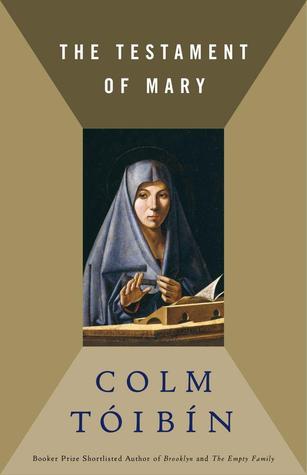
Looked at another way, there’s also “Thirteen Reasons Why” by Jay Asher, which gives the perspective of the suicide victim rather than of those left behind. The point here is that writing is a means of providing multiple perspectives, and the novels that turn perspective on its head are often the ones that grab a reader’s attention.
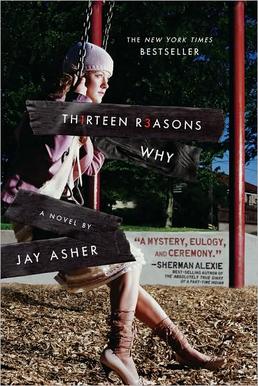
3. The great What if? question
This can be a real boon particularly for crime and mystery novels, which can base the narrative on real life crime and murder events. Just ask yourself a simple question like, “What if one of the other suspects had been responsible for the crime?”, or “Supposing there is more than one solution to the crime?” This can create an entirely different ending, even a twist that can alter how the reader sees the events. It gives you the creative licence to make your own take on well known events.
4. Historical events
Historical fiction is already a hugely popular genre all on its own – British novelist Hilary Mantel‘s novel “Wolf Hall“, and its sequel “Bring Up the Bodies” are both raucous (and wonderfully dark) examples of historical events turned into fiction.
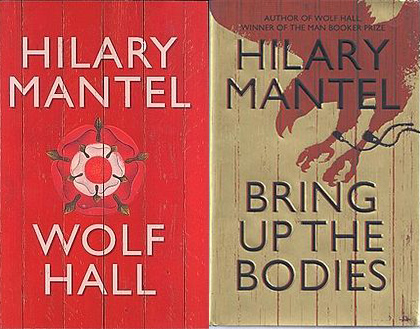
Historical events make the perfect basis for a story, giving authors endless possibilities for completely reinventing and reinterpreting events of the past. It helps that especially with events that occurred over 100 years previously, it’s unlikely that there’ll be any survivors to tell us the reality. Authors get the chance to make up their own chain of events, create their own story line.
It doesn’t, however, have to be events that happened in the distant past – looking back to recent events can give us a platform on which to question our reactions, or look at the ripple effect repurcussions on people closest to and most affected by them. It could be recent events that are the source of inspiration, as we find in Jonathan Safran Foer‘s 9/11-inspired novel “Extremely Loud and Incredibly Close“.
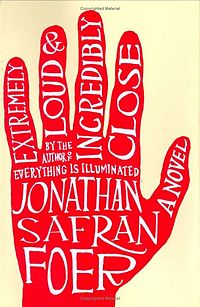
It’s a given that no reader wants to read a book filled with one-dimensional characters and events. This is where observing life as it plays out around you provides that seed inspiration to turn into a best-selling novel.
This can even take on board speculation – as in the case of sci-fi author Stavros Halvatzis, who took inspiration for his book “Scarab” from speculation over a “Hall of Records” under the Sphinx in Giza. Creativity knows no bounds, as you can develop your own theories and storylines on the back of that speculation. This is another opportunity to ask the great “What if?” questions.
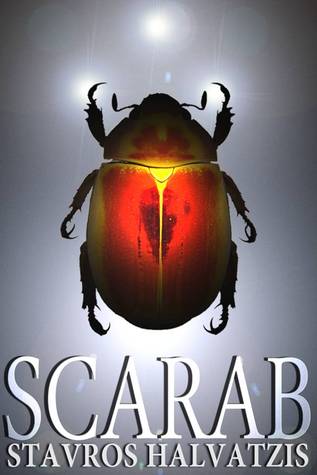
5. Explore myths and legends
Myths and legends are a class of inspiration on their own, simply because they are already well-visited (and well-loved) stories in themselves. Due to their popularity, they’re also difficult to get right (or at least loved by people).
You can really go to town recreating rich scenes, retelling stories, and adding new perspectives and voices, as Margaret Atwood did in “The Penelopiad“. Working as a contemporary rewrite of the “Odyssey“, Atwood drastically shifts the focus away from the bravado and warfare of the men’s world that readers are more familiar with.
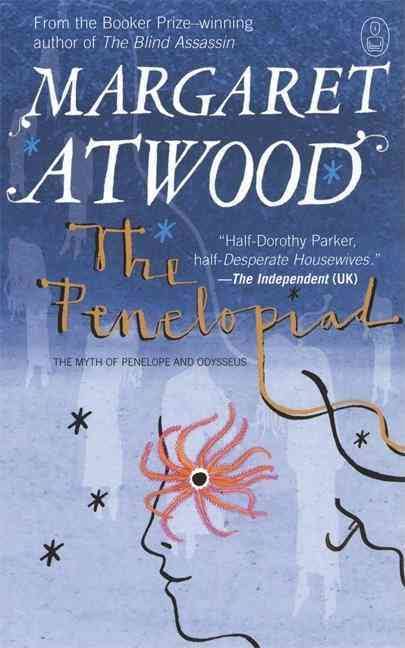
Instead, she zones in on the subtler battles that are undertaken in the female world, the double standards and expectations that are more stringently placed on women. As in “The Testament of Mary” mentioned above, Atwood’s novella forces readers to step back and reassess their view of the world through a well-visited storyline.
6. Keep informed
This is a bit of a no brainer for authors (and it’s frequently a top tip for those wanting to make it in writing). But reading voraciously is a great way to find inspiration for your next book, whether it’s reading plenty of newspapers to find real life events, or reading other authors.
At a given point, once you’ve stuffed yourself with enough information and knowledge, ideas and stories will come much more easily. They will also be far more believable, simply because you’ll be able to give the narrative a more realistic bent.
A really good example of this is Afghan author Khaled Hosseini’s epic novel “The Kite Runner”. Though fundamentally set in the 1970s and 1980s, there’s a definite ring to the novel that makes one draw parallels with Afghanistan’s current events (part of the book does occur in the modern day turmoil). The focus of current events acts as a spyglass on the turmoil, and the effects of war on a long-suffering populace. It also acts as an almost anti-climax, where we expect a happy ending but instead get an ending that is bittersweet.
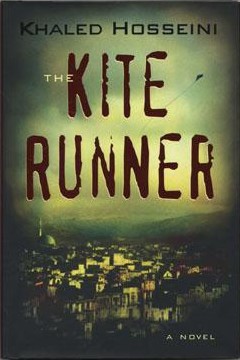
7. The power of observation
Just as reading voraciously gives you a fund of ideas, the ability to pick up on people’s nuanced actions, their choice of clothing, the way they express themselves can give you as much inspiration for your novel.
You will find that certain characters you write about will take on the characteristics of people you know in real life. Agatha Christie reportedly placed the inspiration behind her famous sleuth, Miss Marple, with her own grandmother, who frequently (and correctly) worked out the outcomes of certain situations or could easily suss out the truth about people around her.
Inspiration can also come from conversations you overhear around you. The next time you’re out at a coffee shop, listen in (subtly!) to the conversations going on nearby. You’ll may end up hearing snippets of dialogue that could be useful to incorporate into your novel – and they might even give you an idea about the storyline too.
It could even be the most mundane of events that soon forces the reader to question whether the things we see really are as mundane as they really are. Think of Paula Hawkins‘, novel “The Girl on The Train“, which took the concept of the daily commute into work and a chance observation of a young couple in their home, and spun it into a thrilling tale of suspense.
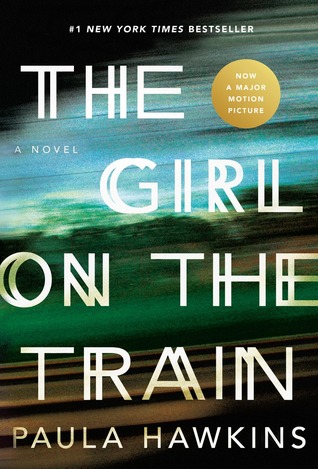
8. Well-worn themes (approach with care)
Revisiting themes that have already been visited on numerous occasions isn’t necessarily bad. It’s recently gained traction in other arty platforms, such as Hollywood blockbusters such as “Red Riding Hood” featuring Amanda Seyfried, or “Hansel & Gretel: Witch Hunters” featuring Jeremy Renner and Gemma Aterton.
These films reflect the social mores of a very specific time, combining the fairy tales we all know with the modern day penchant for high octane action. However, they do illustrate how much returning to old themes and giving them a complete revamp, can renew interest.
In writing terms, just think of what JK Rowling did with Harry Potter, or Devdutt Pattanaik‘s revisiting of the Indian epic “The Mahabharata” in his novel “The Pregnant King“. There’s nothing stopping you from inventively rehashing old themes and making them your own.
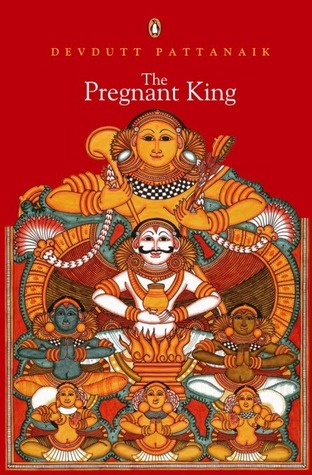
9. Other art forms
Whether it’s an intriguing painting (and it doesn’t have to be by a famous artist) or a moving piece of music, there’s plenty in other art forms that can sew the seeds of inspiration for authors.
Tracy Chevalier‘s subtle textual interpretation of Dutch painter Johannes Vermeer‘s famous painting “Girl with a Pearl Earring” is one author’s explanation of the mystery behind the painting on the canvas.
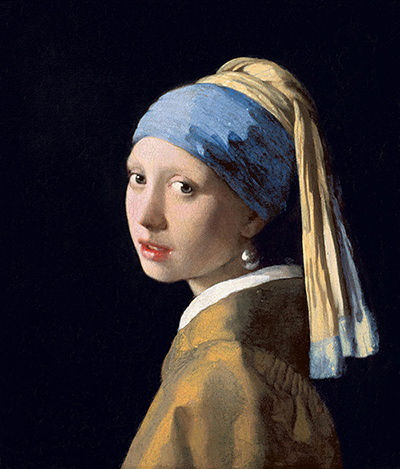
Whilst viewers may question the girl’s expression, who she might be, why she is wearing her clothing, why she had a painting made of her, Chevalier’s novel provides a storyline filled with tension and the unexpected. Rather than give us a character of wealth and good social standing, Chevalier’s “Girl with a Pearl Earring” is instead the intriguing story of a humble servant girl that would have been ignored (and is treated with disdain by most of Vermeer’s household). It’s an interesting new perspective, especially as a reader might have expected the narrative to be in Vermeer’s voice rather than a servant’s, especially one who steals the limelight.
10. Other authors
You can also look to your fellow fiction writers to give you that needed push of inspiration. It’s crucial that you read as much as possible, but try to read with an insider’s perspective. Imagine how a director would watch a film while in their mind they’re imagining the various crews handling the cameras, light and sound equipment, etc. Analyse how they write, how do they make their characters think and interact with each other, how they describe scenery and the like.
Be in a state of complete awareness to all of the author’s tiny little hints and tracks that they drop into their text, as they lead up to their big finish.

Bonus tip!
One final note to consider with novel writing is: keep a notebook and pen within easy reach – even by your bedside. Given that Stephenie Meyer puts the inspiration for her “Twilight” saga down to a vivid dream of a young couple in a meadow, you’ll need a place to put those sudden sparky ideas that come to mind. It’s also a great place to scribble down conversations you overhear in the street and any other sudden thoughts that come to mind.
You might also enjoy:
The art of writing short stories
Resources for horror writers: How to spook ’em right
How to capture a young reader’s mind: 5 essential tips
Children’s and YA authors: Don’t miss these 13 resources

